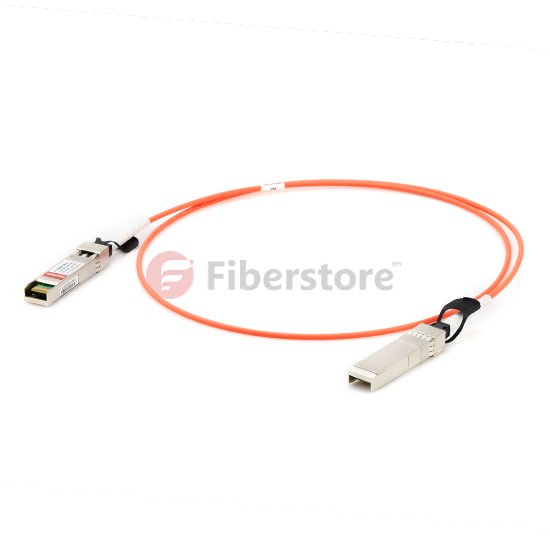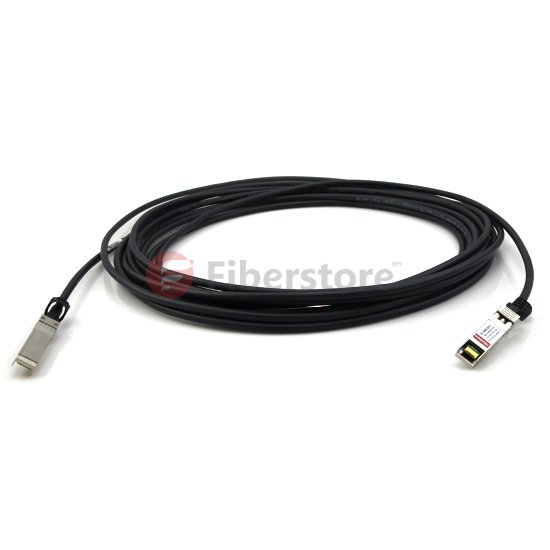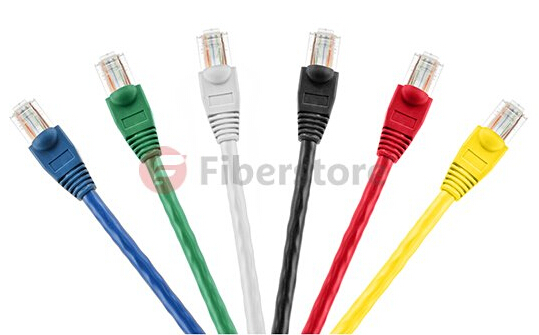Over the years, 10GbE has successfully stretch its reach from enterprise data centers to midmarket networks due to the increased bandwidth requirements and the growth of enterprise applications. As the deployment of 10GbE is going boarder, it is important to understand how to effectively leverage the technology to better satisfy your network demand. Thus, all elements should be carefully reviewed to choose the appropriate cabling solution for your workloads. Many customers facing the problem to choose from 10G twinax vs fiber (SFP+ copper cable vs SFP+ SR) as both are viable options for short range. This is what we are about to figure out in this article.
10G Twinax vs Fiber: SFP+ DAC Cable Is Simple and Cost-Effective
10G twinax vs fiber for short reach connection? Before we go any further, it’s better to take a glimpse of what SFP+ direct attach cable (DAC)are and what role they play. A SFP+ DAC cable, also known as SFP+ twinax copper cable, is effectively viewed as a transparent cable to the switch. It is a cable invented with each end physically resembling an 10g SFP+ transceiver, but with none of the expensive electronic components. Although being even more pricy than fiber optic cables, SFP+ Copper Cables effectively eliminate the expensive optical transceiver required in the equipment they connected.
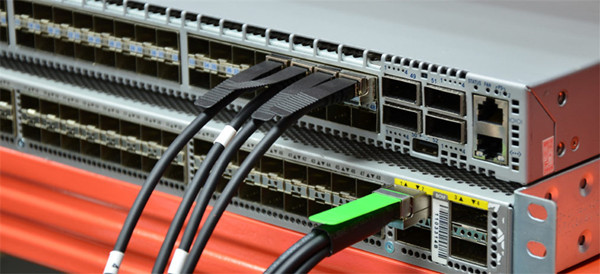
SFP+ Copper Cables comes to two different flavors: passive and active. Passive SFP+ Copper Cables requires little to no direct power to operate, and are extremely affordable with the length ranging from 0.5m all the way up to 7m. Active SFP+ Copper Cables integrates signal processing circuitry into its built-in connectors and actively powering those circuits with DC power provided by the switch. The circuitry in active sfp+ cable thus brings up the overall cost. This partly explains why active sfp+ cable is usually more expensive than its passive counterparts.
10G Twinax vs Fiber: SFP+ SR Is Flexible and Future-Proofing
For 10G twinax vs fiber, we cannot make our decisions until we clear knows each function. SFP+ SR are similarly used for short runs, and that is exactly “SR” stands for – short reach. SR transceivers are almost always multimode, and optimized for high speeds over relatively short distances. It operates at 850 nm, and can reach up to 300 m with laser-optimized OM3 and 400 m with OM4. The 10G SFP+ SR transceiver module offer a flexible connectivity option for data centers, enterprise wiring closets, and service provider transport applications. The price is the major issue that some customers turn to SFP+ Copper twinax cable instead of SFP+ SR transceivers for short runs, especially for those who are under tight budget. Fortunately, third-party optics has narrowed down the price gap by providing decent performance transceiver modules with only a fraction of the cost at the original ones.
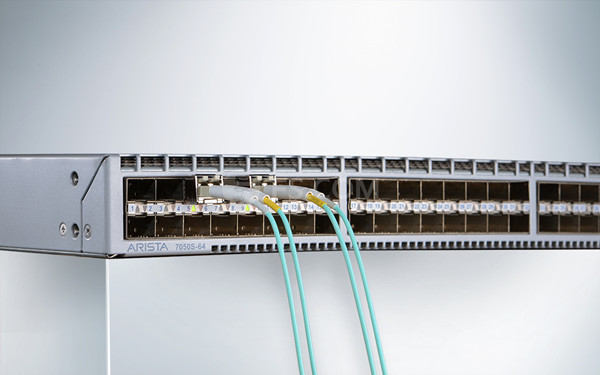
10G Twinax vs Fiber: Application Considerations
When choosing between 10G twinaxs vs fiber, the following factors have to be well considered.

Distance: Advocators of SFP+ twinax copper cable insist that, if distance is not a problem, they tend to choose SFP+ cable because of the lower power needs and lower latency it provides, and the power saving alone is significant. Not to mention that the cable itself is less fragile and more durable. As SFP+ twinax cable only reach up to 10m, when distance happens to be a factor, SFP+ SR transceiver can get much longer reach and more compatibility anyway. Or if the switches are connected via patch panel, then your hand is forced to 10G SFP+ SR transceiver and fiber. To sum it up, SFP+ cables are used within the rack to connect servers and storage to ToR switches, it is an “intra-rack” thing, whereas SFP+ SR in for connection between racks – known as “inter-rack” cabling.
Cable management: in terms of managing cables, fibers are believed easier to work with – it has no limit of cable length as with SFP+ cables. As for bulky and thick SFP+ cables it is fine for same rack FEX extension or one or two servers, but load half a rack with a top of rack FEX/switch with twinax, you will have mass of inflexible copper at the back of the rack. And that can be a nightmare.
Cost: 10G optical transceivers are much expensive than 10G SFP+ copper cable – these might be the driven course for people using twinax over SR optics. However, the booming of third party optics well addressed the issue by providing full compatible and trustworthy transceiver modules, which on the other hand, significantly reduces the cost of optics. Since the price gap between SFP+ cables and SR SFP+ optics is reduced, it bestowed customers more chances to weight other affecting factors.
Uniformity: users prefer to use SFP+ SR when working with different vendors, it’s less likely to run into issues if you use optical transceivers. Truly, SFP+ SR indeed makes multi-vendor environment cabling much easier: imagine that you have to connect two switches from different vendor, simply use two SR transceivers that compatible with each brand switch can well solve the problem. However, if cost really matters, you can equally choose this special made SFP+ twinax cable from FS – different brands can be made at each ends, which are compatible with the major vendor on the market.
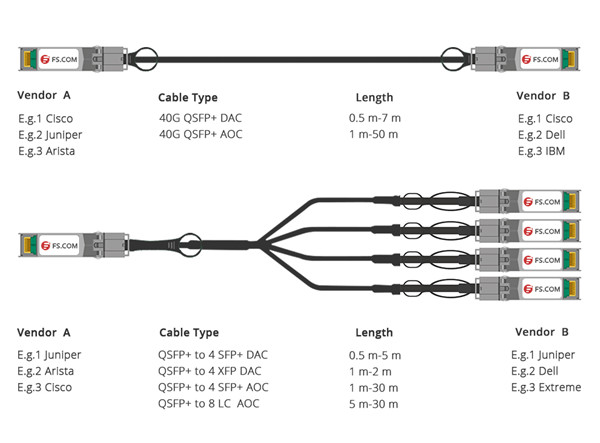
Conclusion
10G twinax vs fiber, from a network perspective, the SFP+ twinax cable is fine and a lot cheaper for very limited short runs – typically intra rack cabling, while for mass adoption, they become absolutely thick and unmanageable. So it’s worth the savings if your switch is in the same rack as the equipment you are connecting, and if it goes to another rack, SFP+ SR with fiber and a patch panel can be a sound option. With SR optics, you have much more flexibility in the placement of servers and how you lay out your racks. It is the obvious choice once the demand for bandwidth and length becomes more acute and cable management and future growth becomes critical.
Related Articles:
SFP+ Direct Attach Copper Twinax Cable Deployment Considerations


